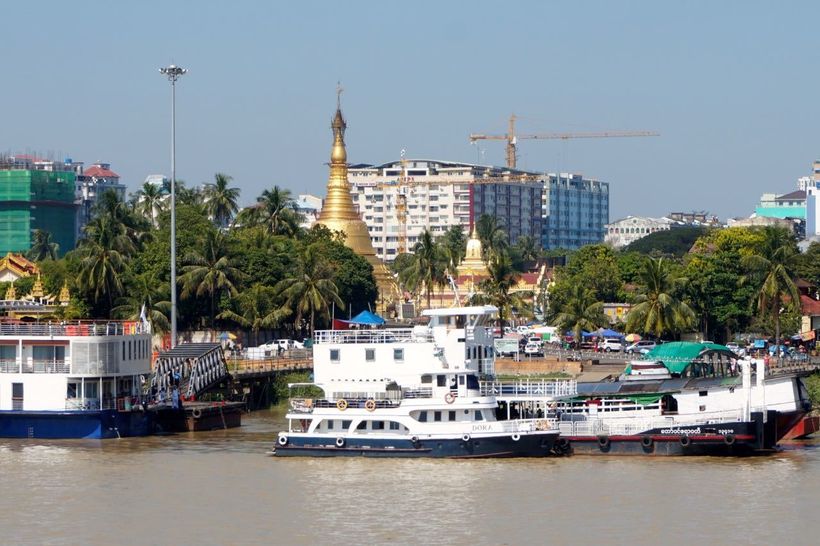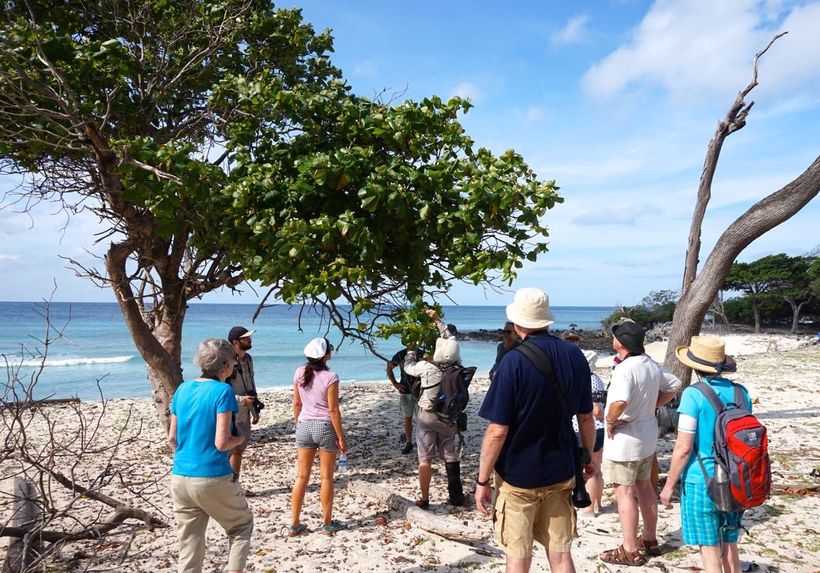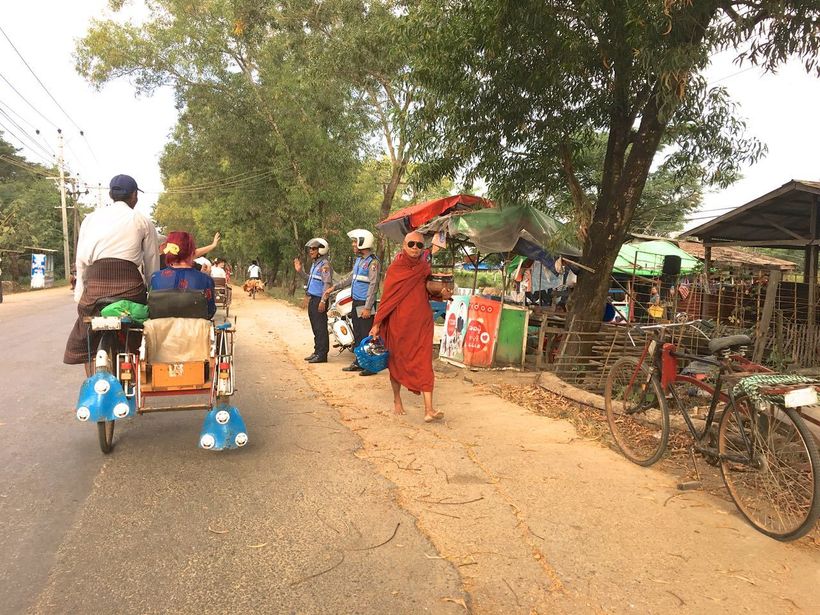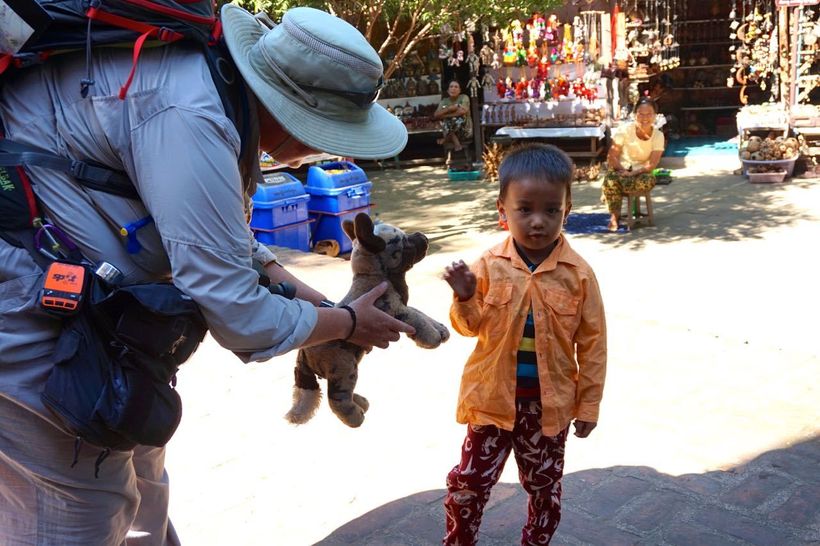For The Huffington Post. February 2017.
I call myself a restless traveler – one that always likes be on the move. I like to wander and get lost, not necessarily be bused around the main attractions. I prefer to taste the local cuisine, even if it means getting out of my dietary comfort zone. I like to observe local life from the streets, rather than spending hours at a museum. For me, travel is an exploration that takes you outside the classroom into the real world. It is a way to learn new things, meet new people, and broaden your horizons.
Expedition cruising is a travel trend that is gaining popularity, as it is becoming more accessible and affordable. While Galapagos Islands, Arctic and Antarctica lead as sought after destinations, places that are difficult to get to otherwise, such as Greenland, Pacific Islands and Eastern Europe are also attracting small cruise ships. Turns out there is an entire market segment that prefers discovering lesser known places in the comfort of small groups, while foregoing floating amusement parks that is largely associated with cruise travel.
Recently, I traveled to Myanmar (formerly Burma), a country that only recently opened its doors to tourism. During the 11-day Silversea Andaman Sea Expedition, 75 passengers and 100 crew members sailed through big cities and uninhabited islands in Thailand, India and Myanmar.
Inaccessible Destinations
The number one reason cruisers pick small ships is because they can get into places large ship are unable to. Expedition ships are generally able to navigate narrow passages, shallow rivers, and small ports, thereby offering guests a chance to experience best views, remote beaches, snorkeling and diving spots.
During our expedition through the Andaman Sea, we were often transported by zodiacs to uninhabited islands where there was only us. North Cinque Island in India, once a rainforest that was recently destroyed by tsunami, offered birdwatching, walking and swimming opportunities.
It was surreal to sail the murky brown waters of the Irrawaddy river, passing by nomadic fishermen on traditional wooden boats and seeing dozens of golden domes emerge from the skyline of Yangon, the capital of Myanmar. Large ships would certainly not be allowed to dock right in the heart of the city, but our ship stayed in downtown for three days.
Myanmar has 1,200 miles of coastline and an expansive coral reef in Mergui Archipelago, which is fun to discover. At Lampi Island’s marine national park, we saw some of the tallest and densest mangrove forests in the world, and then had a day-long picnic on picturesque Shark Island prepared by the staff. I truly felt like an explorer snorkeling in the shallow turquoise waters of the Andaman with nothing but a thick jungle canopy behind me!
Educational Tours
Our ship had a team of expedition leaders staying onboard throughout the sail who held lectures for guests to learn about the destinations we were about to visit. The leaders came from all over the world and brought with them knowledge of sea life, wildlife and nature. There were briefings on how fish camouflage, how insects and birds migrate, what causes earthquakes and volcanos, the current state of the Andaman tribes, geopolitics of the Ming dynasty, and much more. There would also be a recap of the destination visited with photos and perspectives observed by the tour leader earlier that day.
Cultural Activities
The cruise ship paired by with local tour operators to not only tour main attractions, but create tailor-made experiences. In Port Blair, India, we visited the Zonal Anthological Museum which traced the life of the tribal people that inhabited a group of 36 islands for the past sixty-thousand years. Also, we had an exclusive guest lecture about the nomadic tribes and watched a live dance performance, followed by traditional Indian snacks and chai. We then traveled by ferry to deserted Ross Island, once known as Paris of the East, and watched a sound and light show that reflected on the island’s dark history.
In Myanmar, we toured giant Buddha statues, ancient temples and gold embellished pagodas with Burmese guides telling us about the impressive Buddhist history and Mon architecture, while explaining the subtleties of religious etiquettes. Our group was taken for a special evening to the majestic Karaweik Palace shaped in a royal barge, for a memorable evening where we tasted hundreds of local dishes and watched Burmese music and dance performances.
There were also tours of local markets, trishaw rides and walks along villages and visits to an orphanage and monastery. It was nice to see the everyday local life of how Burmese people lived in houses on stilts, traveled to work by crowded ferry, shopped at open air vegetable markets, and snacked on boiled quail eggs, sliced pineapple, and dried fish heads.
Luxury Without the Frills
Like most expedition ships, Silver Discoverer is a rather small and old Italian yacht-style ship, yet comfortable for those wanting to combine adventure with luxury. The staterooms were spaciously equipped with a queen bed, sofa, mini bar and dressing area. Each one had its own private butler who promptly attends to every need of the guests. Butlers brought drinks and snacks, laundered clothes, special ordered meals, and maintained the rooms.
Most nights, a solo pianist entertained us. Other than that, there were enough movies and books to keep busy. Note, don’t expect large theaters with Broadway style productions on expedition ships.
All Inclusivity
Some cruise lines offer very low fares to attract customers but then tag on additional charges for practically everything, making the trip cost thousands of dollars. All meals, alcoholic and non-alcoholic beverages, gratuities, snacks, room service, as well as laundry and Wi-Fi in select room categories were included on Silversea. Shore exertions were complimentary and often, choices offered.
Silversea also offers customized programs with multilingual guides, small group tours, private car services, and volunteering opportunities. The family-run Italy based company has a fleet of 9 small luxury ships traveling to some of the most remote regions of the world.





